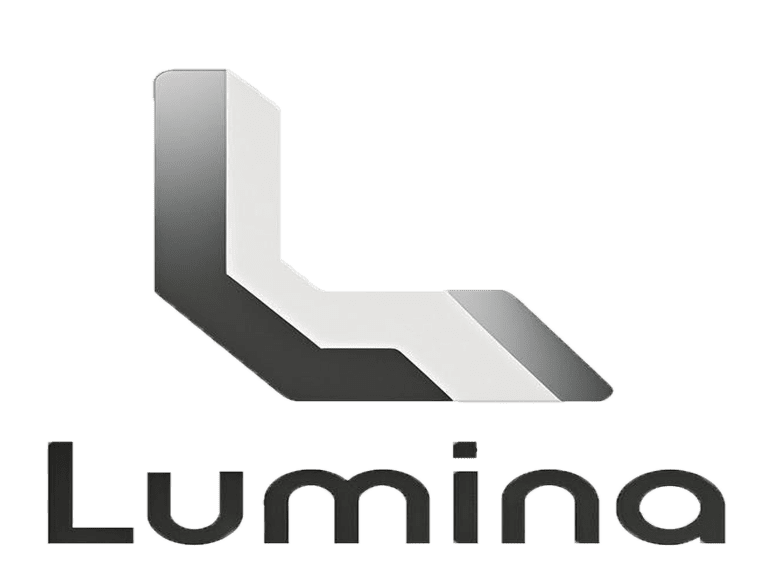When titanium is mentioned, most procurement professionals think of aerospace vehicles or medical implants—but this so-called “space metal” has long expanded into commercial sectors and everyday products. As a procurement partner specializing in titanium supply chain integration, we leverage industry data and practical experience to conduct an in-depth analysis of titanium’s core value, applications, and potential pitfalls. This guide will help you find cost-effective solutions that meet EU/US requirements.
Titanium (chemical symbol Ti, atomic number 22) was first discovered in 1791 by British chemist William Gregor, and pure titanium was isolated by Matthew Hunter in 1910. However, industrial-scale production only became feasible in the 1950s due to two key challenges:
Pure titanium has a melting point of 1,668°C and readily reacts with oxygen and nitrogen at high temperatures, requiring inert gas protection during smelting. This made early production costs prohibitively high.
A breakthrough came with the maturation of the Kroll process in 1948, which reduced manufacturing costs by 60% and transformed titanium from a laboratory material to a staple in large-scale aerospace applications.
- Strength-to-Weight Ratio: Lightweight yet Durable
Titanium has a density of 4.5 g/cm³ (57% of steel, 60% of copper) and a tensile strength of up to 1,400 MPa (exceeding the 1,000 MPa of high-grade steel). Titanium components achieve a 30% weight reduction without compromising strength, meaning:
- Reduced fuel and energy consumption in aerospace and automotive applications
- Lower structural loads in construction projects
- Corrosion Resistance: Key to Long-Term Cost Savings
Titanium naturally forms a dense titanium dioxide (TiO₂) protective layer that prevents further corrosion:
- Marine environments: Corrosion rate of only 0.0001 mm/year, compared to 0.1 mm/year for stainless steel (tested per ASTM G31 standards).
- Chemical stability: Resistant to most acids, alkalis, and saltwater—ideal for offshore wind, chemical processing, and desalination plants.
- Biocompatibility: Safety for Critical Applications
Titanium is non-toxic, hypoallergenic, and forms stable bonds with human bone (osseointegration), making it the gold standard for:
- Medical implants (compliant with ISO 13485 certification)
- Food-grade equipment (meeting EU Regulation 10/2011 and FDA 21 CFR 177.2600 standards)
- Aerospace & Defense (Primary Market)
- Commercial aviation: The Boeing 787 uses 15% titanium by weight, reducing fuel consumption by 15% (Boeing 2024 Sustainability Report).
- Defense: Alloys like Ti-6Al-4V withstand extreme vibration and high temperatures, making them ideal for missile casings and armor plates.
- Renewable Energy: Aligning with Green Policies
- Offshore wind: Titanium bolts and structural components have a 25+ year lifespan in saltwater (vs. 10 years for steel), aligning with EU Green Deal goals.
- Hydrogen infrastructure: Titanium storage tanks resist hydrogen embrittlement, enabling 700bar high-pressure systems—critical for the US Department of Energy’s Hydrogen Hub projects.
- Automotive & Transportation
- Electric vehicles: Titanium battery trays reduce vehicle weight by 12%, extending range by 15–20 km (verified by Tesla supply chain data).
- Maritime: Lightweight titanium components in luxury yachts and high-speed boats cut fuel costs by 30%.
- Consumer & Industrial Goods
- Sports equipment: Titanium alloy bicycle frames and golf clubs have 3x the fatigue resistance of aluminum (tested per EN 15194 standards).
- Medical devices: 5-year survival rates for dental implants and orthopedic screws exceed 95% (data from European Journal of Orthopaedics & Traumatology).
Myth 1: Titanium is always expensive
While raw titanium upfront costs are 2–3x higher than steel, Total Cost of Ownership (TCO) often favors titanium:
Example: Titanium valves in industrial pumps have 3x higher initial costs but last 5x longer, reducing lifecycle costs by 40%.
Myth 2: All titanium is “aerospace-grade”
Titanium grades vary significantly—specify based on your application:
- Commercially Pure Titanium (Grades 1–4): Cost-effective for chemical storage tanks and consumer goods.
- Alloys (e.g., Ti-6Al-4V): High-performance materials for aerospace/medical use (require ASTM B348 certification).
Avoid uncertified low-grade titanium: It may contain impurities (common in non-compliant Asian imports).
Myth 3: Supply chains are unreliable
Stable procurement options exist for EU/US buyers:
- Nearshoring: US Titanium Metals Corporation and VSMPO-Avisma’s German facility offer 4–8 week lead times.
- Recycled titanium: 95% recyclable (per ASTM F2924), with 20% cost savings vs. virgin material, aligning with EU circular economy requirements.
As your procurement partner, we’ve established direct channels with these facilities, offering: ① 4–8 week door-to-door delivery (including customs clearance); ② SGS-certified batch testing; ③ 100kg minimum order quantity (breaking factory 500kg MOQ restrictions) to meet small-batch needs.
For EU and US buyers, titanium alloys combine performance, durability, and sustainability—critical for sectors like renewable energy and advanced manufacturing. By understanding titanium grades, TCO advantages, and reliable sourcing channels, businesses can leverage titanium to extend product lifespans and reduce operational costs.
Does your project (e.g., offshore wind or hydrogen equipment) require custom titanium solutions? Contact us today to: ① Receive 5 free titanium alloy samples with test reports; ② Access real-time price comparisons from EU/US factories; ③ Get a 3-day response guarantee for procurement 咨询 to reduce supply chain risks.
Procurement Key Takeaways:
- Prioritize ASTM/ISO-certified products over generic quality claims.
- Calculate TCO for long-term projects, not just upfront costs.
- Request third-party test reports (SGS/BV) from suppliers.
